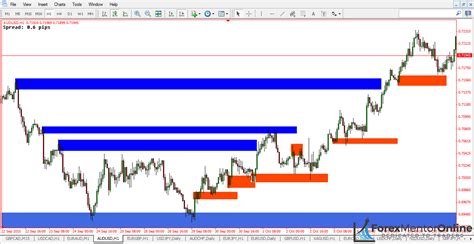Here is an article that explores the concepts of cryptocurrency markets, focusing specifically on Mempool, settlement, supply and demand:
—
Understanding Cryptocurrency Markets: Mempool, settlement, supply and demand
The world of cryptocurrencies has been shrouded in mystery for years, with an ever-evolving landscape that attracts enthusiasts and skeptics alike. At the heart of these markets lies a delicate balance between supply, demand and liquidity – three concepts crucial to understanding the complexities of cryptocurrency trading.
Mempool: The Unsung Hero of Cryptocurrency Liquidity
A Mempool is essentially a “memory” of a transaction on a blockchain network. It is like a digital waiting room where miners wait for a specific block to be mined, only to find that it is already being processed by other miners. This mechanism helps maintain liquidity in the market as transactions are constantly being executed and settled.
Mempool plays a vital role in maintaining the stability of cryptocurrency markets. By allowing miners to hold onto their coins while waiting for a block to be mined, Mempool helps to:
- Reduce volatility: The constant influx of new coins into the market through Mempool transactions helps reduce price swings.
- Increase liquidity: As more traders and investors enter the market, Mempool ensures that there are enough coins available to settle transactions.
However, Mempool also has its limitations. For example, it can be vulnerable to centralization if a single miner dominates the network, further limiting liquidity.
Liquidation: The Dark Side of Cryptocurrency Markets
Cryptocurrency liquidation refers to the process of buying and selling cryptocurrencies when they fall below a certain price threshold, essentially “selling” them at a loss in an attempt to recoup losses. This phenomenon has become increasingly common in recent years, with some traders using it as a way to profit from market fluctuations.
Liquidation can have serious consequences for cryptocurrency markets, including:
- Market volatility – When liquidated positions are created, it can lead to rapid price swings and increased market volatility.
- Asset centralization – The process of asset liquidation can also lead to centralization, as a single entity dominates the market.
Supply and demand – the fundamental force driving cryptocurrency markets
In essence, supply and demand are the fundamental principle that drives the value of any market. In the context of cryptocurrency markets, it means that the availability of coins relative to their price determines whether they will increase or decrease in value over time.
- Increased demand – When more traders and investors enter the market, there is greater demand for specific coins, leading to higher prices.
- Reduced Supply

: Conversely, a reduction in supply due to increased sales or new mining efforts can lead to lower prices.
Understanding these concepts is critical to making informed decisions in the cryptocurrency markets. While Mempool may seem like an innocuous concept, it has a profound impact on market stability and traders’ ability to profit from it.
However, there are also risks associated with Mempool that should be considered. For example:
- Centralization: Concentration of assets in the hands of a few large traders can further limit liquidity.
- Liquidity Traps: If not managed properly, liquidation positions can become entrenched and difficult to exit.
In conclusion, cryptocurrency markets are complex, multifaceted systems that require an understanding of supply, demand, Mempool, and other fundamental principles. By understanding these concepts, traders can make more informed decisions and navigate the market with greater confidence.
—
I hope this article helps you understand the concepts of Cryptocurrencies, Mempool, Settlement, Supply and Demand.

